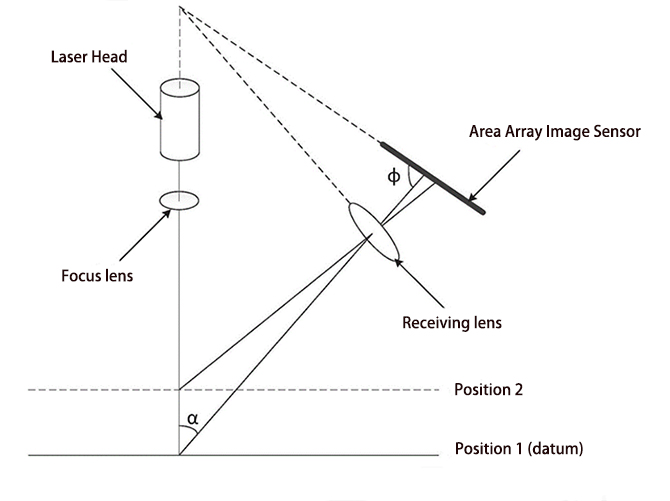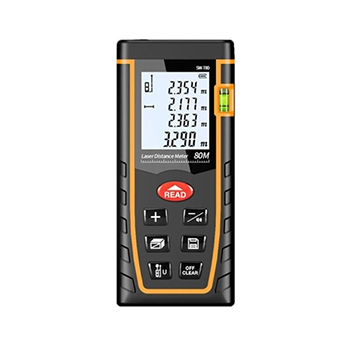Distance Meter Buying Guide
The handheld distance meter also known as a laser distance measurer or rangefinder, is based on electromagnetic wave science, optics, acoustics, and other principles and has a compact body, used for distance measurement instruments. Selecting a distance meter involves considering various factors to ensure it meets your specific needs. Here ATO industrial automation gives you some key factors to consider when selecting a distance meter.
Working Principle
The handheld distance meter shoots a skinny laser beam to the target when working, and the photoelectric element receives the laser beam reflected from the target, and the timer determines the time from the emission to the reception of the laser beam to calculate the distance from the observer to the target.
Measuring Range
When selecting a distance meter, several factors must be considered to ensure it meets specific requirements. Start by determining the measuring range needed for your applications, ensuring it comfortably covers both maximum and minimum distances. Accuracy is crucial, so check the specifications for the expressed accuracy level in millimeters or inches, indicating how closely measured distances align with actual values.
Size and Portability
Verify that the distance meter supports the required measurement units, such as meters, feet, or inches, and assess the ease of use, including a clear display, intuitive controls, and features like backlit screens for visibility in varying lighting conditions. Consider the device's size and portability, especially if frequent carrying is required, and evaluate measurement speed, as quicker measurements can enhance efficiency, particularly in professional settings.
Additional Functions
Explore additional functions, such as area, volume, or Pythagorean measurements, and consider advanced features like Bluetooth connectivity or data storage capabilities. Assess the durability and build quality, particularly for usage in challenging environments, looking for features like robust housing and resistance to dust and water.
Battery Life and Price
Check the battery life to ensure it aligns with usage expectations, especially if extended periods between battery changes are required. Research the brand's reputation and read user reviews to gain insights into the device's reliability and performance. Consider your budget and compare prices for distance meters with similar features, prioritizing those that best suit your needs. Lastly, check the warranty offered by the manufacturer and the availability of customer support for added peace of mind in case of any issues with the device.
Application
The laser distance meter finds extensive applications in various fields, including terrain measurement, battlefield analysis, and target range determination for tanks, aircraft, ships, and artillery. Additionally, it plays a crucial role in measuring the height of clouds, aircraft, missiles, and artificial satellites. This equipment is instrumental in enhancing the precision of high-tech vehicles such as tanks, aircraft, ships, and artillery. As the cost of laser rangefinders decreases, there is a growing trend in the industrial sector to adopt these devices. They are increasingly utilized in industrial measurement and control, mining operations, ports, and various other fields.
By carefully considering these factors, you can choose a distance meter that best fits your requirements and ensures accurate and reliable measurements for your applications.

